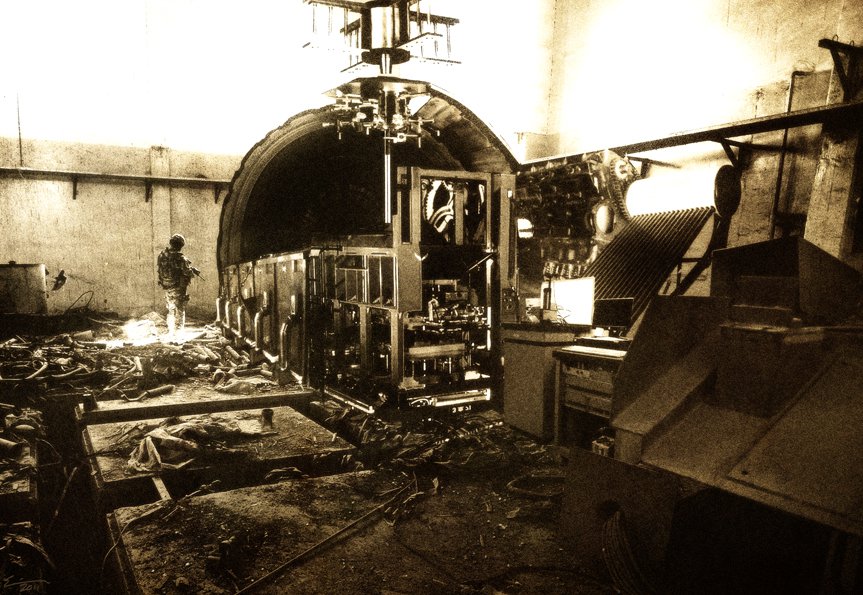Time Machine Sound Design
“Time Machine” by Art Beresheim
This was a project for Synthesis and Sound Design class where I had to create a mechanical item that didn’t exist. I chose to make a time machine. My idea for this time machine was to combine the Millennium Falcon from Star Wars with the TARDIS from Doctor Who. I wanted my time machine to kind of look like the inside of the TARDIS, having a big centralized pillar where the controls and the entire engine are working together to transport us through space and time. Here are a couple sketches I drew of how my machine looked in my head. I wanted to add in the sense that it was a piece of junk and that it was very temperamental like the Millennium Falcon was in Star Wars. I specifically incorporated that within my piece, on start up the machine starts to die and it gets hit with a hammer to make it run properly.
For the sounds I used a combination of sounds I recorded as well as sounds I created using Propellor Head Reason. I got a lot of my sounds from my car. I used a field recorder and started my car and opened the hood. I put a small diaphragm condenser mic close to moving parts of my engine. Sounds of my belt, fan and exhaust pipe made up for a lot of my sounds of the machine. I wanted my machine to have that mechanical quality of repetition. I work in the equipment cage which rents out all of the equipment for the students, so I went there to find sounds. In the cage there is a big tool box which I opened and closed at slow repetitions. This got a good sound of loose stuff moving around inside of the metal tool box which made it sound like a hunk of junk. The hammer hit was also recorded by hitting the side of this big tool box. I also recorded batteries being tossed around in a plastic jar and pen caps in a glass cup to add a low end to the junk sound since the tool box had more of a high end metallic sound. I recorded a pencil held lightly against a fan to get a oscillating sound perfect for an engine. Other sounds I used were opening and closing scissors, peeling tape, and a saw cutting a piece of plastic. These all got high mid sounds that I lightly mixed in to really fill out the stereo field. Finally I recorded a speaker that I didn’t plug into a source. Instead I held the unbalanced TS cable and touched it to metal objects to get that electronic noise sound.
Mixing the machine was a fun challenge. First I panned each sound to its own place in the stereo field, followed by creating a solid mix of the machine. Then I used mix busses to send certain tracks to reverb aux tracks. The next part was tricky. I needed the machine to sound like it was slowing down in the beginning and then speed back up to operating speed after the mallet hit. I tried bouncing the mix down and then importing it into Reason as a sample. I played it and then using the pitch wheel on the midi controller to pitch the sample down at my incremental will. This would have worked except for some reason the sample was not played back at the same volume as I exported it. This was a problem because I still had to mix this slowdown tracks with other reason tracks. So I ended up having to cut up the final bounce within protools and incrementally time stretch it to make it sound like it is slowing down. Finally because it was a piece of junk I wanted the track to sound like the listener was person moving and operating the machine. So I wanted to have my track be like the operator was putting his ear next to the machine to make sure it was operating correctly before he took off. I did this by picking one sound I liked and then panning that center and then panning everything else to hard left and right to make that sound pop out as if your ear was focusing on one sound.
The picture above was made for my project in Photoshop by Erich Buttstadt.
